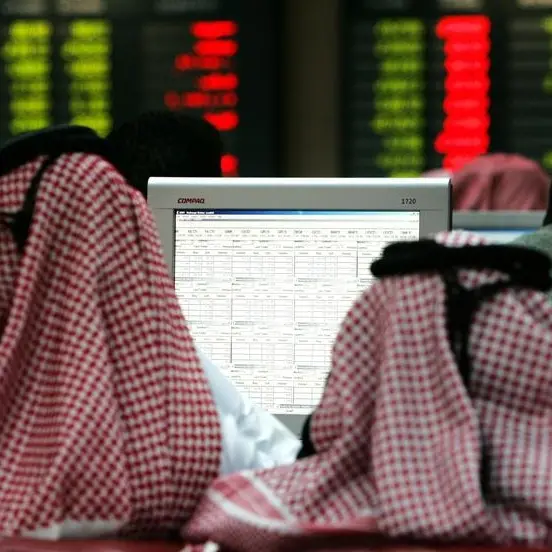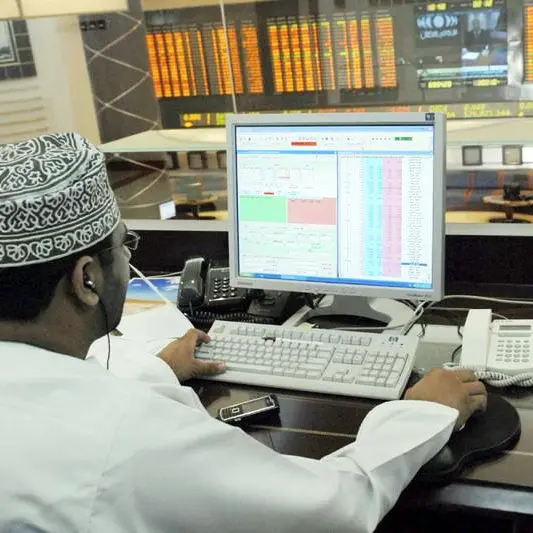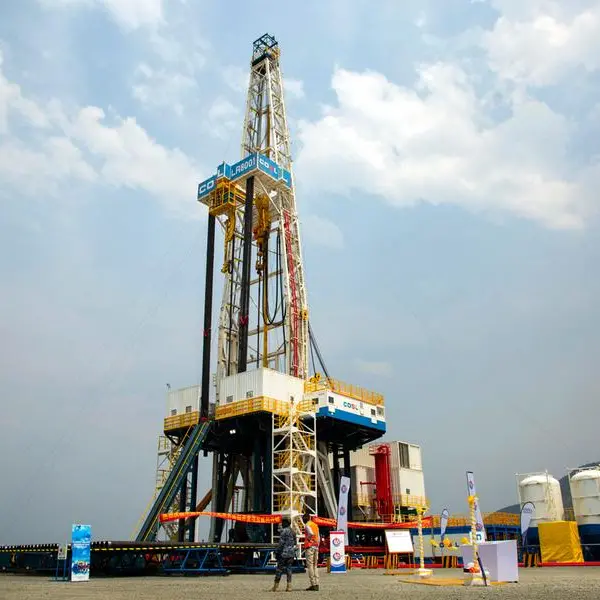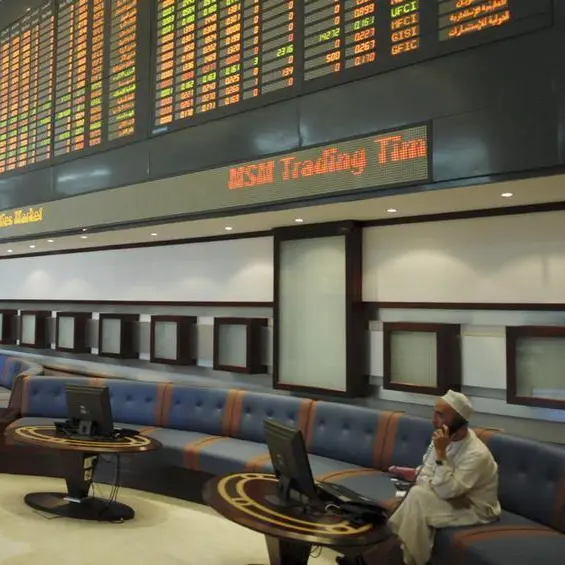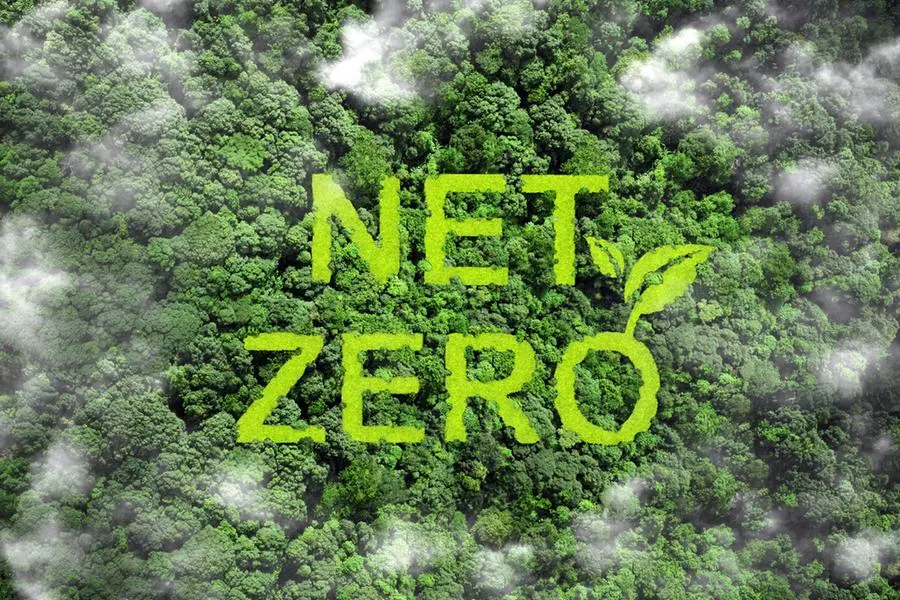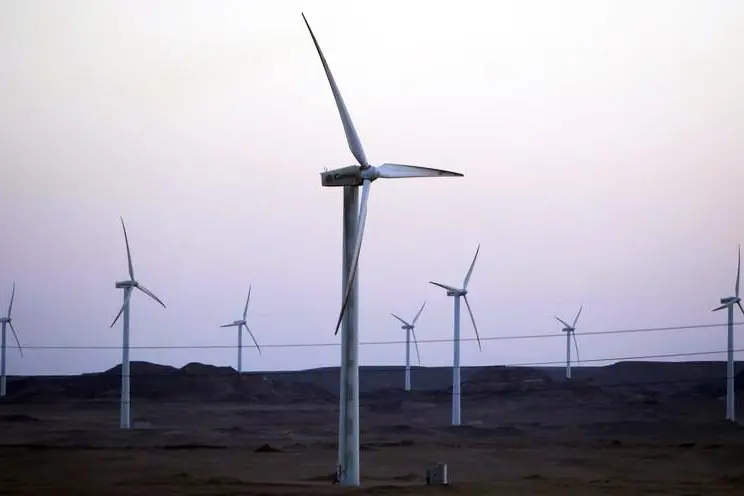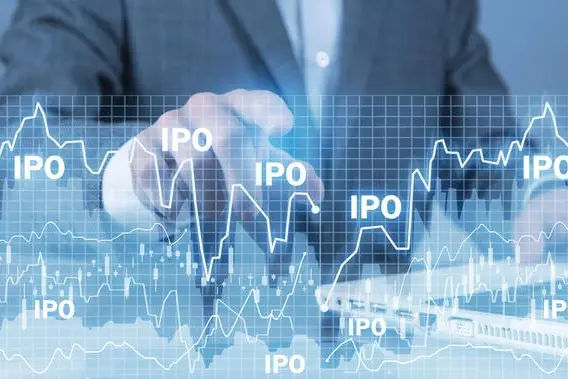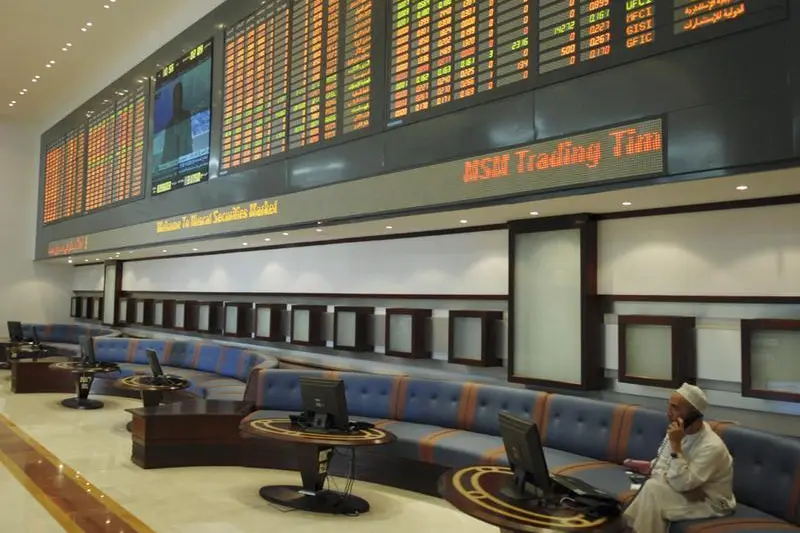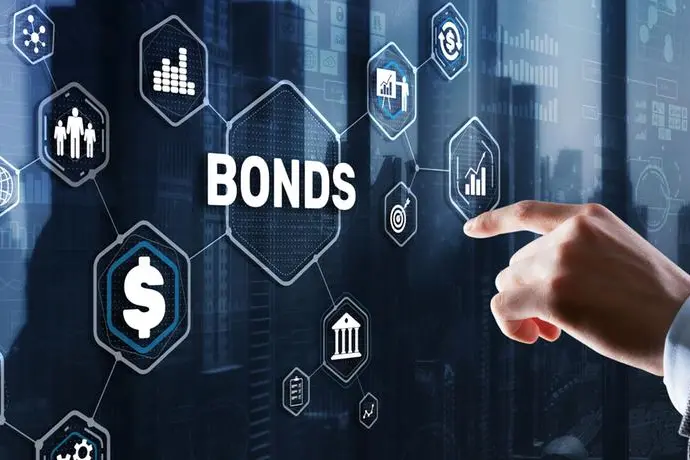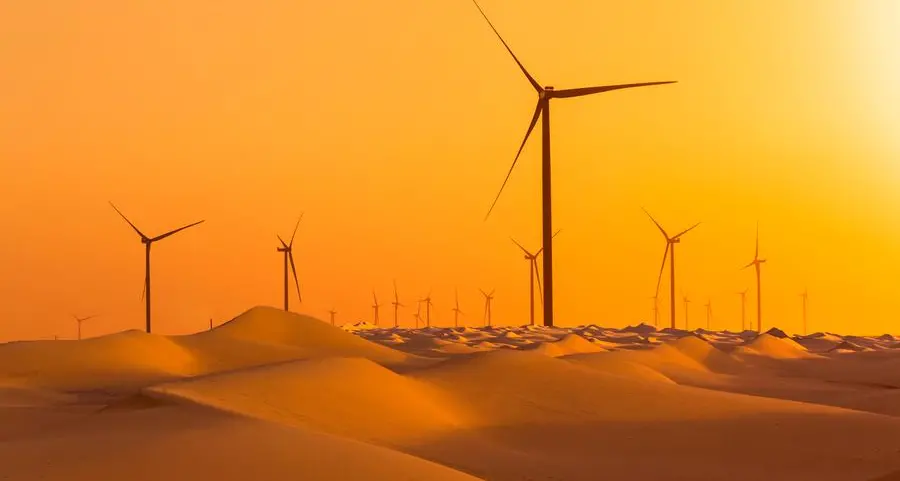Welcome to Zawya Markets. Each Sunday we will be featuring an interview with a different analyst or markets expert from around the region.
If you would like to participate please email gerard.aoun@thomsonreuters.com.
1) What are the biggest risk factors both for MENA markets and global markets in the coming weeks?
The most detrimental disruptor that has added to market risk premiums this year has been the United States’ aggression towards global trade by the application of increased tariffs (the US has placed tariffs on goods from China, Canada and Turkey) and the imposing of sanctions (Iran).
The spotlight for the time being remains on oil prices and its movement in anticipation of the November 4 sanctions on Iran and its oil exports, whilst keeping in mind supply disruptions from Venezuela and other oil exporting countries in the African continent.
Economies reliant on oil, led by Saudi, are expected to remain alert and monitor the situation closely, holding strongly to the reforms and seeking alternative economic stimuli.
The 175th OPEC meeting in Vienna on December 3rd is a key event to look out for. It will provide clarity on where the oil situation is headed.
Aside from oil, the disruption of global trade and its effect on major currencies has resulted in a rising interest rate environment which has, in turn, slowed down economies, impacted M&A and turned investor interest away from their respective capital markets.
2) To which markets do you expect to increase/decrease your equity allocation in the near future (3 months)?
Looking ahead at the months to come, I would focus on GCC emerging markets with potential status upgrades such as Saudi Arabia and Kuwait, which have performed well year-to-date (up 11.2 percent and 6.91 percent respectively). While increasing allocation to both markets would sound logical, a more selective approach is recommended with a focus on growing sectors such as insurance, whose indices have been lagging compared to their respective markets (-16.68 percent and -10.85 percent respectively).
This is due to the changing nature of foreign ownership limits, potential for FDI growth and policy changes that will catalyse market growth, such as increased premiums along with the ban on women driving being lifted (Saudi).
The United Arab Emirates, however, with its lagging performance - especially the Dubai Financial Market (-16.18 percent YTD) - should see a more generous allocation as selling comes to an end, with the anticipated reversal led by numerous government-led economic stimuli.
The market displays enormous potential in terms of gains to be made as the currently low prices serve as an attractive entry point.
The National reports that approximately 33bn UAE dirhams ($9 billion) will be raised in IPOs this year. Both the UAE and Saudi combined are expected to have more than 30 companies in the IPO pipeline, of which nine belong to the UAE.
On the other hand, allocation to Qatar would be reduced due to the political activity of the nation. Qatar’s ongoing support from Iran and Turkey, as well as them providing aid in return, puts the country in a risky position.
The US and Qatar have been key allies, as the Arab nation hosts the United States’ biggest air base in the region. However, Qatar openly offered Turkey $15bn worth of aid in its dispute - a direct challenge to the Americans.
This puts the partnership at stake and very severe implications on the Qatari economy are potentially pending. Investors should not be tempted by current attractive valuations and promised government-led IPOs as political risk premiums have proven to weigh heavily on equity markets.
3) What is your view for the real estate sector in the UAE?
The real estate sector in the UAE has taken a big hit this half; despite the fact that sales across the publicly-listed real estate companies in the UAE have increased by approximately 10 percent over H1 2018, net margins have decreased from an average of 34.75 percent in H1 2017 to 18.92 percent in H1 2018.
This is a result of the companies offering significant monetary incentives to push forth their units into the market. Although there are more sales, it is at the expense of the companies’ bottom lines, where decline is seen across the sector, excluding the Emaar group. It holds a sales backlog of 38.50bn dirhams to be recognised within the next 4 years.
However, the supply and demand story describes the current situation as prices continue to drop and developers record higher project deliveries, higher expenses and eventually posting lower sales. The struggle of the sector can be seen in the performance of REITs which have been trading below NAV.
It is also worth mentioning that closer to the Expo event, investors holding units that they bought earlier for investment purposes will start dumping those onto others, and thus increasing competition in the market with the developers.
4) What is your view for the banking sector in Qatar and Saudi Arabia?
The banking sector in Qatar and Saudi are similar in their methods of raising cash. Qatar has been isolated from many of the GCC countries and this has put pressure on its trade and capital markets. It has stayed afloat through tapping into cash reserves and forming alliances with other nations, wherever possible.
This has worked effectively well, as its trade surplus has risen 43 percent year-on-year in July 2018 - the majority of which is attributed to exports to Japan and South Korea. That being said, it has been seen to undertake certain approaches that may be unsustainable and are red flags for the sector and thus the economy as a whole.
The government has attempted to increase its debt through sukuk issuances, where Qatar issued $12bn worth of sovereign bonds in Q2 2018 alone to be the highest sovereign bond issuer for that time period. On the corporate front, however, debt has slowed following the siege, suggesting that companies are attempting to keep things the way they are rather than grow. This impacts banks directly and hinders economic growth (bank asset size grew by 6.3 percent from June 30th 2017 to June 30th 2018, compared to 9 percent from Jan 1st 2016 to June 30th 2017).
Qatar National Bank (QNB), the country’s largest bank, has been the main contributor to economic growth and its removal from the sector would result in an asset growth of only 0.64 percent, compared to 6.18 percent in the same time period mentioned above. Usually, in the case of dire markets, the smaller banks would be the ones to absorb the impact, whilst the bigger institutes are more equipped to insulate themselves.
When looking at the change of loans and deposits, which are measures of consumer confidence and economic activity, we see increases of 35.26 percent and 39.04 percent respectively, but only 9.47 percent and 6.14 percent respectively when QNB is excluded; the average is pulled up significantly by the bank’s contribution. Qatar has also attempted to induce stimulus to its capital markets through supporting IPO discussions, such as facilitating the IPO of Baladna, the largest dairy and meat producer in the country. The Qatari banking sector’s performance has appreciated by 15.25 percent since the siege, falling behind peers compared to 45.47 percent in Saudi, 16.86 percent in Kuwait, and only slightly ahead of UAE’s banking sector 14.40 (which has been affected by the Turkish Lira decline recently).
Despite the increase, this is merely a recovery from the initial hit of the siege, where the after-effects are expected to remain through a further slowdown of Qatari banking assets growth. The Saudi banking sector, on the other hand, is heavily supported by oil prices that stimulate the economy. With the IPO of Aramco possibly being cancelled, the focus has shifted back to sukuk issuance to raise capital.
In the past, the banking sector enjoyed a surplus of cash. However, with the ongoing asset deterioration and growing government liabilities, the government must carefully monitor debt levels in order to avoid dragging banks down as well. Essentially, if the Central Bank were to face an issue it would trickle down to the banking sector and damage the economy. Having said that, Saudi’s crown prince and his vision of a stronger economy are expected to support the realisation of a stronger banking sector.
5) If you could make one change to how capital markets in the region are run, what do you think would have the biggest impact?
The current level of transparency between companies and shareholders remains bleak and demoralising.
Principles of finance dictate that adequate information be present in order for a market to be considered efficient. What we often see, however, are unexpected and unexplained losses as well as sudden disasters arising (such as the Abraaj fiasco) without any notice beforehand. Investors are left to speculate the value of a company, leading to inefficient asset allocation.
Also, as we have seen in the UAE market, a harmful unavailability of liquidity occurs as a consequence, impacting company share prices. Alternatively, there are many arguments that suggest a more socially responsible, i.e. a more ethical firm, is likely to be more profitable.
A study by the Institute of Business Ethics took a sample of FTSE 350 firms and found that companies with a good upholding of codes of conduct produced above average performance, as well as more stable valuation metrics.
Providing investors with a complete picture is the responsibility of every listed company in order to produce more stable and lucrative capital markets.
6) If you were to pick one regional stock that you think will outperform over the next six months, which one would it be and why?
Dana Gas is the most likely to outperform over the next six months based on current energy price forecasts and the company’s improving business environment. The company’s consortium, Pearl Petroleum, signed a 10-year gas sale agreement with the Kurdistan Regional Government which is expected to boost gas output by approximately 80 million cubic feet per day, compared to the current 305 million cubic feet per day.
This expansion pairs with growing operations in Egypt to provide the company with substantial profitability levels. The company has also approved the cash distribution of 5 percent of the company’s capital, the first time in its trading history, which suggests an optimistic forecast for future earnings.
Further, the share price is highly correlated with oil prices, and the average oil price for this year stands at a much higher level than last year ($71.17 per barrel vs USD54.25 per barrel). A positive trend can be seen, and the company’s performance is likely to follow. Most importantly, the cash settlement of the London case pertaining to Kurdistan will help Dana Gas in strengthening its balance sheets in the year to come.
7) Which sectors would benefit the most from an upgrade of Kuwait from Frontier Markets to Emerging Markets if it occurs in index compiler MSCI’s next review in June 2019?
As with its regional peers, the Kuwaiti market is likely to see an elevated insurance sector that thrives off of increased foreign ownership and enhanced insurance premiums. Essentially, the upgrade would attract foreign investors and boost their contribution.
A higher demand entails higher insurance premiums. The lagging sector which displays a significant drop of 10.85 percent year-to-date, but only a 0.2 percent retreat in the past month can be seen as undervalued and will likely pick up in the coming months through improved margins and bottom lines.
In addition to the influx of investors, the upgrade may improve the chances of mergers and/or acquisitions as companies attempt to grow inorganically and capitalise on higher demand. Insurance companies will also be given more exposure and international conglomerates may seek the companies as a means of venturing into the region for the first time or as an opportunity to expand their chain of partners.
8) How much foreign inflows do you expect the Kuwaiti market will see in case the upgrade happens?
A similar upgrade occurred last year as rival index FTSE Russel reclassified the Kuwaiti Market as an Emerging Market.
At the time, experts anticipated an inflow of approximately USD700m as a result. Looking at trading volumes as an indicator of the demand for such an upgrade, the Kuwait exchange averaged 11 million Kuwaiti dinars ($36.3m) a day for H1 2018.
However, throughout the two weeks that followed the announcement of the classification review, volumes nearly doubled to 21m dinars per day. Keeping this optimism in mind, it is common for international funds to invest in a target market prior to its upgrade.
With the case of Saudi Arabia which is set to be upgraded in 2019, the country has seen $2.1bn worth of equities bought by foreign institutional investors. Enhanced inflows prior to the upgrade are expected as well as after. The challenge ahead, however, is to adjust to the MSCI requirements for lifting foreign ownership limits and easing the process of transferring shares from local to foreign investors.
9) What is your view for oil prices?
The current trend appears to be stable, yet there is room for a little downward pressure as a result of the increase in production of OPEC countries and the United States, as well as the expectation of trace amounts of oil production from Iran, rather than a complete reduction to zero exports.
Prices can be inhibited from falling too far through Venezuelan and African disruptions that would decrease supply and push prices to an acceptable range of $60-$70 per barrel.
Iran was at maximum production capacity in June 2018, producing 3.799 million barrels per day (up 1.1 million barrels per day from May 2018).
The sanctions aim to cut Iran oil production entirely, yet analysts expect small amounts to be left in the market. The average price in June 2018 was $75.94.
However, with production already showing signs of decreasing (52,300 barrels per day decrease from June 2018 to July 2018), oil prices have dropped as a result of OPEC countries increasing their supply of oil. The average price in August thus far stands at $73.35.
10) What’s your view on the outlook for Turkey’s economy and the Turkish Lira?
The Turkish economy will remain under pressure if there is no mediation with the United States. The country’s persistence to escalate matters only worsens its economic situation, as represented by the drop in the Turkish Lira.
Naturally, the country’s response has been to increase interest rates numerous times (975 basis points increase YTD) as a short-term solution for the depreciation in currency.
However, the reliance on this strategy has resulted in uncontrollable inflation and reduced consumer spending.
In the long run, the economy will only continue to contract and thus impact the country’s position as a global trade hub for European, Asian and GCC markets. For the time being, investors would be advised to monitor the situation closely and refrain from panic selling (due to currency risk), as well as impulsive buying (due to potentially attractive valuations).
(Editing by Gerard Aoun and Michael Fahy)
(gerard.aoun@thomsonreuters.com)
Any opinions expressed here are the author’s own.
If you would like to participate in the Zawya Markets Weekly Q&A please email gerard.aoun@thomsonreuters.com.
Our Standards: The Thomson Reuters Trust Principles
Disclaimer: This article is provided for informational purposes only. The content does not provide tax, legal or investment advice or opinion regarding the suitability, value or profitability of any particular security, portfolio or investment strategy. Read our full disclaimer policy here.
© ZAWYA 2018

